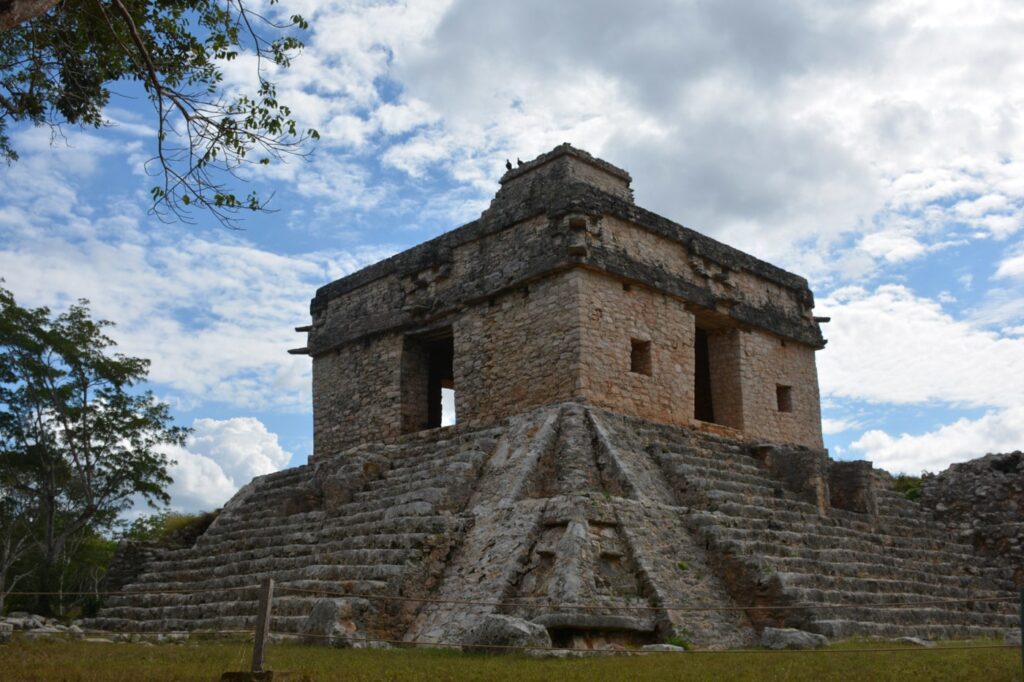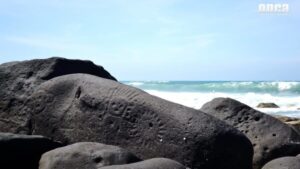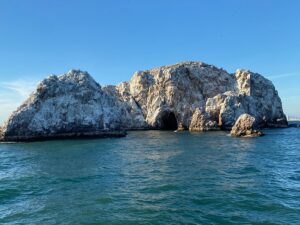Nestled in the heart of the Yucatan Peninsula, the ancient ruins of Dzibilchaltun offer a fascinating glimpse into the rich history and culture of the Maya civilization. This archaeological site, though not as famous as Chichen Itza or Tulum, provides a unique and serene experience for those looking to explore the wonders of the past without the crowds. With its intriguing structures, beautiful natural surroundings, and a touch of mystery, Dzibilchaltun is a must-visit for history enthusiasts and curious travelers alike.
What to See
One of the main attractions at Dzibilchaltun is the Temple of the Seven Dolls, named after seven small effigies found during its excavation. This temple is particularly famous for its alignment with the sun during the equinoxes, when the rising sun perfectly illuminates the temple’s doorway, creating a breathtaking spectacle. Visitors can also explore the open plaza, which was once a bustling center of activity, and the remnants of ancient structures that surround it.
Another highlight is the cenote Xlacah, a natural sinkhole filled with crystal-clear water. This cenote was an important water source for the ancient Maya and is now a refreshing spot for visitors to take a dip and cool off. The on-site museum offers a collection of artifacts that provide further insight into the daily lives and spiritual practices of the Maya people.
A Bit of History and Interesting Facts
Dzibilchaltun, meaning “place where there is writing on flat stones,” was once a thriving city with a population that may have reached up to 20,000 inhabitants at its peak. The site was continuously occupied for over 1,000 years, making it one of the longest-inhabited Maya cities. Its strategic location near the coast allowed for trade and interaction with other Mesoamerican cultures.
An interesting fact about Dzibilchaltun is its connection to the Spanish colonial period. The site features a 16th-century Spanish chapel, built by the Franciscan friars, which stands as a testament to the blending of Maya and Spanish cultures. This chapel, known as the Chapel of the Open Sacrifice, is a unique structure that adds another layer of historical intrigue to the site.
How to Get There and Tips for First-Time Visitors
Dzibilchaltun is conveniently located just 16 kilometers (about 10 miles) north of Merida, the capital of Yucatan. The easiest way to reach the site is by car, which allows for flexibility and the opportunity to explore the surrounding area. Alternatively, visitors can take a bus or taxi from Merida, with the journey taking approximately 30 minutes.
For those visiting Dzibilchaltun for the first time, it’s advisable to arrive early in the morning to avoid the midday heat and to have the site mostly to yourself. Wear comfortable walking shoes, as the terrain can be uneven, and bring plenty of water and sunscreen. The site is open daily, and there is a small entrance fee, which includes access to the museum and cenote.
In summary, Dzibilchaltun offers a captivating blend of history, culture, and natural beauty. Whether you’re marveling at the architectural prowess of the Maya, taking a refreshing swim in the cenote, or simply soaking in the tranquil atmosphere, a visit to Dzibilchaltun is sure to be a memorable experience.








